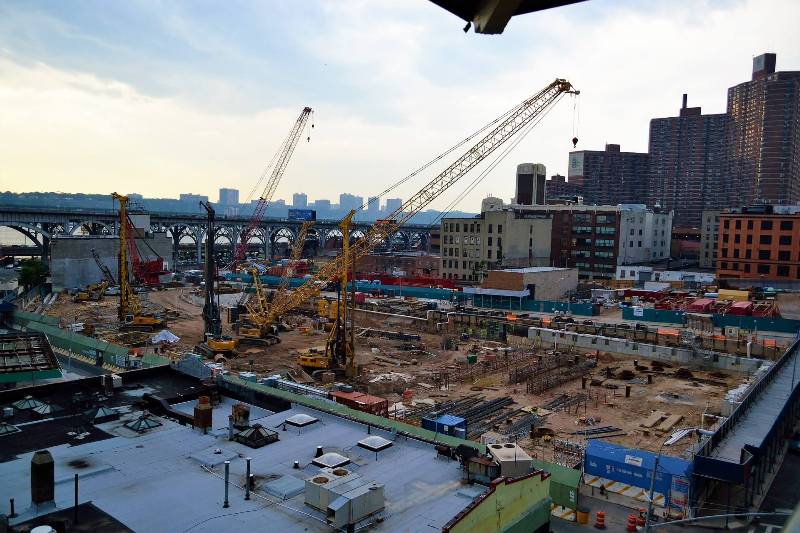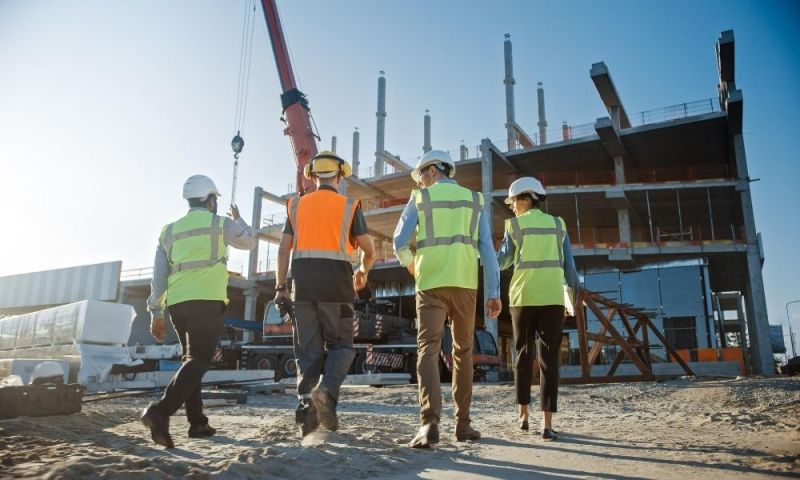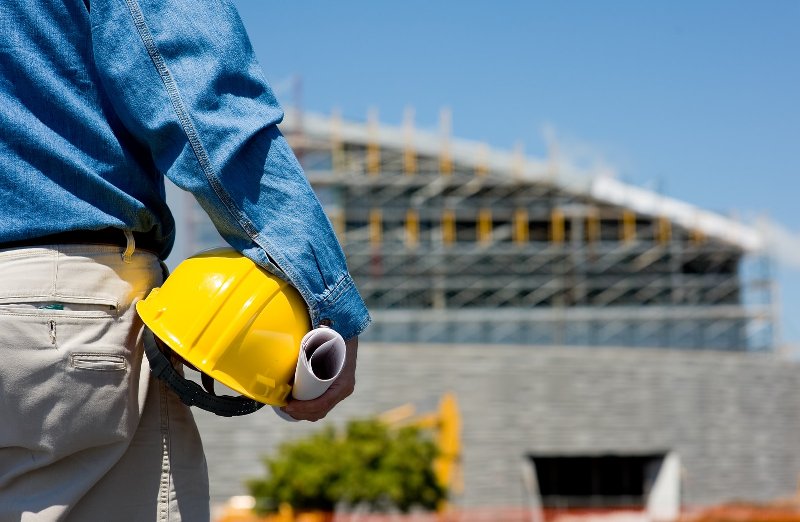Construction projects are incredibly complicated and nuanced, running a high risk of being derailed by construction scheduling, financial, and other construction risks. Taking the time to perform a thorough risk assessment before beginning work can help avoid such risks, protect you from losses, and maximize profits.
Proper risk management entails pre-construction risk assessment, identifying the types of risk in construction projects, construction risk analysis, risk monitoring, assessment, and devising appropriate responses. Following all these steps can ensure quality work and a better client relationship.
1. Identify the Risks Involved
Before doing anything else, you need to identify the types of risks you may encounter during or before construction. These include common risks such as worker safety, budgeting, scheduling errors, etc. as well as more unique construction risks exclusive to the project. Once these risks have been identified, you can move onto risk management and optimization.
Pre-construction risk identification is crucial to avoiding any unexpected construction risks and keeping the construction process running smoothly. Risk identification isn’t restricted to just the beginning of the project; you need to hold the communication channels open between stakeholders throughout the project to monitor progress and identify any risk or problem that may arise during the process. Using software to increase communication efficiency between teams during the construction process is a good idea during this step. Risks can be reduced if you choose to bid on the right construction job. You can refer to Bridgit Solutions guide to writing a bid proposal.
2. Pre-construction Risk Assessment

Once all the construction risks have been identified, they need to be arranged in the order of priority and impact. The risks that are more likely to occur and can be more detrimental to the project progress are placed above the rest. That is the order in which they will be dealt with. The losses considered for each risk are in terms of finance, time, and quality.
After the list has been compiled, assess each construction risk, and decide how to deal with it.
3. Deal with Each Risk
Risk management techniques fall into four categories. You can use any of these techniques to deal with construction risks depending upon the nature of that risk. These techniques are:
- Avoiding a risk – If the reward associated with a certain risk is too small in relation to the risk, it is best to avoid that construction risk. Whether you negotiate with the client to remove that risk or leave the project altogether is up to you.
- Transferring the risk – Sometimes you may not be suited to deal with a certain risk. In that case, it is best to transfer the risk to someone who is. That someone can either be other stakeholders like subcontractors or insurance companies.
- Mitigate the risk – Some risks need to be dealt with using strategies to reduce their impact on the project. It is best to anticipate these risks and plan to reduce the damage.
- Acceptance – Some risks are unavoidable and thus need to be accepted. However, this is the last resort, and the decision to accept a risk must not be taken lightly.
4. Allocating Resources
After construction risk analysis is complete, it’s time to assign the appropriate resources to the risk. These resources can include:
- Staff – Trying to cover risks with limited human resources is itself a construction risk. Be sure to dedicate enough workers to each stage of construction to avoid waste of time etc.
- Finances – It is common for projects to go over the estimated budget, but it’s best to stay as close as possible to the original limit. In case you are unable to do so, be sure to contact the client and come up with a solution (i.e. increasing the budget) to deal with the situation.
- Software – Project management software allows you to keep a close eye on the progress of the project and schedule routine inspections to ensure that the work goes on smoothly. Management software is also a great way to provide streamlined communications with developers, contracts, and subcontractors. In this case, Bridgit Solutions is one of the best project management software out there.
5. Workforce Engagement

Your workforce plays a significant role in how a project turns out. Hiring skilled labor is crucial to a project’s success. If you don’t have the right people for the job, it can result in low quality work, ultimately affecting your relationship and credibility with the client.
After workforce selection, you need to ensure their productivity. You need to keep track of the workforce and ensure that communication between everyone is clear. This includes clearing any disputes that may arise between them. Miscommunication between the crew can result in delays which throw off the progress of the entire project. Careful reminders and firm deadlines can go a long way in ensuring that everything works out well.
6. Safety Assurance
Construction happens to be one of the most dangerous jobs out there, with a high on-job accident ratio, according to BigRentz. Worker injuries can lead to unwanted delays for the project and increase your liability. Ensuring a safe work environment with stringent safety practices and onsite safety officers can save you from the hassle of unwanted accidents.
If there are such accidents, you should already have protocols to deal with the fallout from such unfortunate occurrences.
7. Coordination
In construction, time is money. Delays can mean additional financial burdens as well as risks of customer dissatisfaction. Poor coordination can lead to failure to progress on time. This poor coordination can be in terms of delay in putting in an order for new materials, scheduling conflicts between different teams, etc. Project management software can go a long way in reducing this problem.
Conclusion
Risks in construction projects are inevitable, but if you can manage the risk properly, it may result in a high reward for you in terms of the relationship with your client and profits. If the client is satisfied with your work, you will receive more projects.
Go ahead and use these seven tips to optimize your risks during construction project management.






